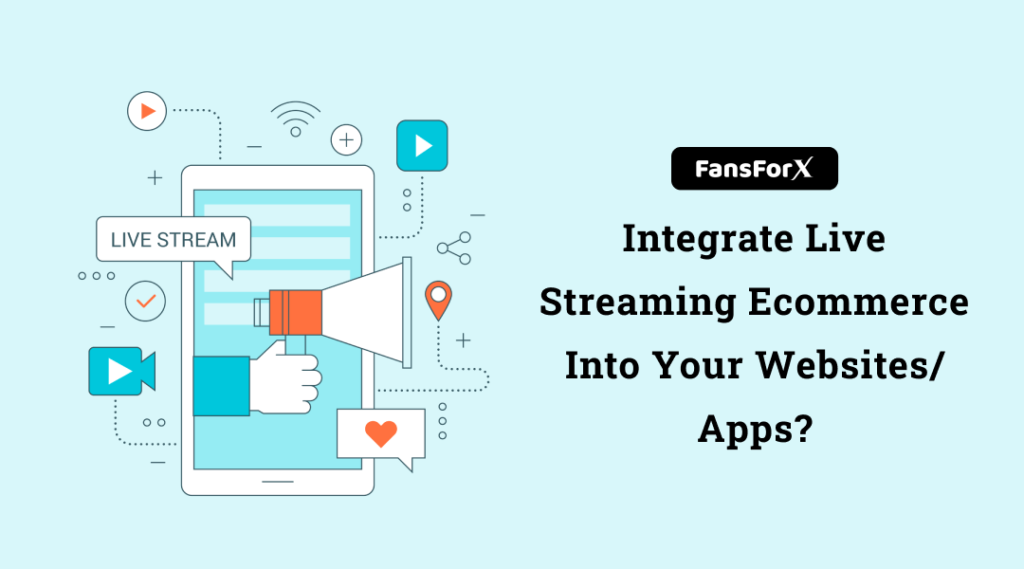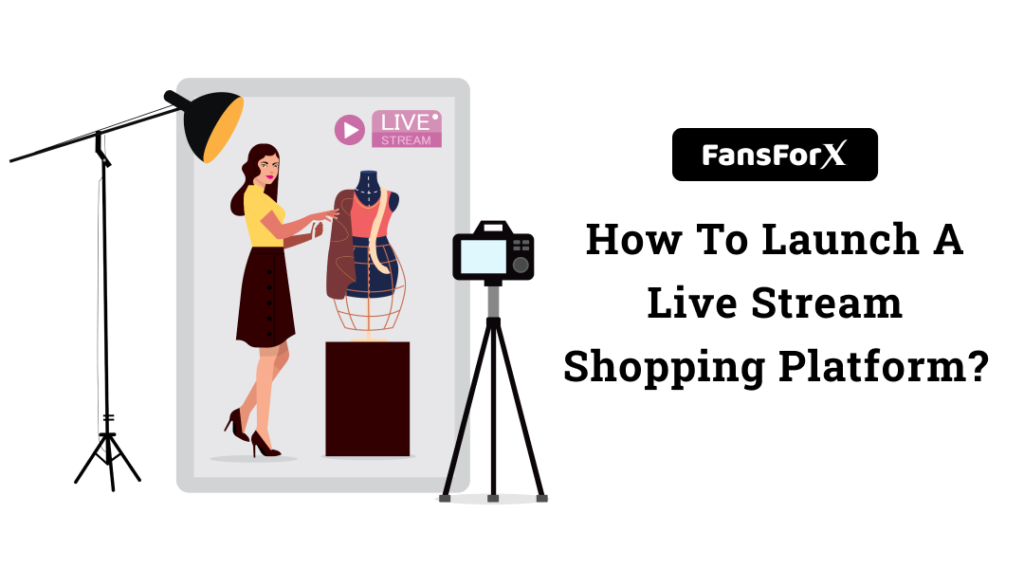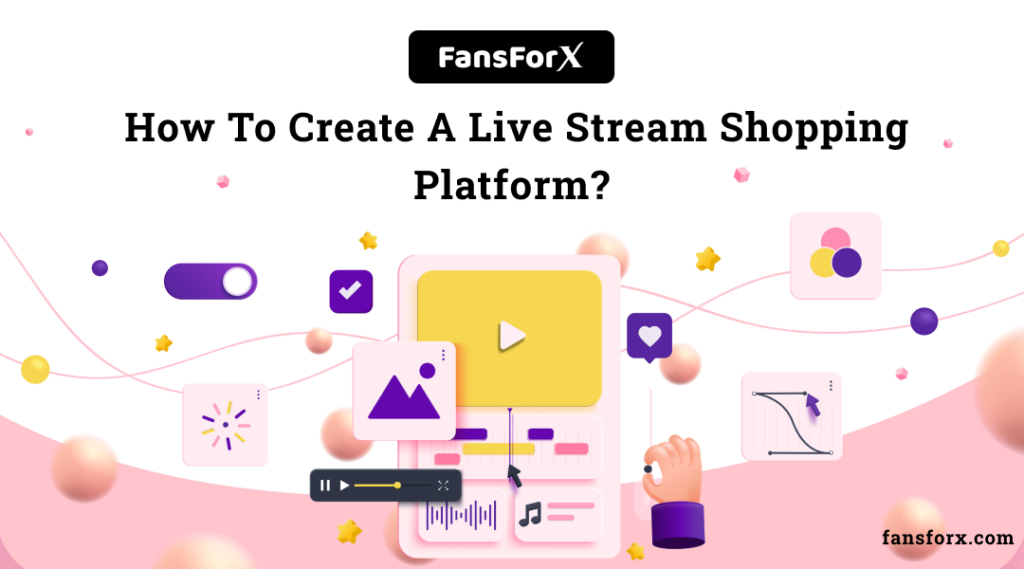Livestream purchasing has established itself in the real world and is now providing a plethora of advantages for firms across all sectors. The use of live streaming in e-commerce is not a recent development because the technology has been around for a while.
Therefore, creating your own E-commerce store and combining it with a trustworthy Live Shopping Platform has enormous value for consumer brands. This increases consumer connection with your business and gives you greater control over the experiences and data of your customers. Integrating a dependable live shopping platform has undoubtedly many more benefits, making live shopping an efficient sales and marketing tool for brands across industries.
We will effortlessly add live stream shopping to your e-commerce platform by walking you through the procedures in this article.
The ability to interface with any e-commerce platform is one way we can set our live stream shopping platform apart from rivals. Therefore, you may incorporate live shopping technology on your app or website to transform it into a shoppable video streaming app and start selling live immediately, regardless of the e-commerce platform you are on.
Live Shopping and Video Streams Integration with E-commerce Platforms
Most firms choosing live shopping for the first time frequently ask about how to incorporate live streaming into a website. To assist you in getting started, we have compiled a list of straightforward steps.
Step1: Install the “Live Shopping” and “ Video Streams” plugin
Plug-and-play integration plugins/apps are available for the well-known e-commerce platforms listed below, and extensions for additional e-commerce platforms will be published soon. On their respective platforms, install and activate the plugins. PrestaShop, WooCommerce, Magento, and Shopify.
The production dashboard will display your Live Shop Page URL once the plugin has been correctly configured. The live shop page will be generated for you immediately on your website.
Step 2: Going live
Now that your store is a D2C live e-commerce platform, you are prepared to create shopping shows in your product dashboard, which will be shown in the live shop. To attract a wide audience of buyers, advertise your shopping displays on your social media accounts, email newsletters, etc.
How To Get Started With Live Video Shopping?
Define your target audience
Similar to every business, you must determine the actual audience you intend to use live streaming for.
Identify the key influencer
This is crucial because the majority of live video shopping occurs on social media. The influencer should be able to expand the platform’s audience and provide your products with more credibility.
Sort out your back-end
When you go live, you will require an internal moderator to deal with comments, inquiries, and other issues. This is crucial for a seamless, organized event.
Focus on marketing
Promote your business across all online and offline channels that your target audience uses. If you don’t advertise, no one will attend.
Prepare for day zero
You should wait for customers to join the live video shop since you are ready and set up before you start the live shopping.
Don’t forget your website
On your website, don’t forget to provide a link to your live performance. Don’t conceal on-demand because it is highly sought-after.
How Video Commerce Enables Offline Stores For Satisfied Customer Experiences?
Extreme convenience, authenticity, and safety
A big part of purchasing is trying things out in person, so video commerce can help by enhancing the liveliness and interaction of the online experience. For instance, clients can phone a store representative to start a chat after clicking a link supplied to them via SMS or Whatsapp or accessible through the website. Salespeople in-store can communicate, exhibit designs, and offer selection assistance through these video chats. Finally, the shop owners can ship the customer’s chosen item to their home and collect payment. The shop owners may make the overall shopping experience quick, easy, and convenient by employing this tactic.
Elevating the shopping experience for enhanced cross-selling and upselling opportunities
The salesperson can demonstrate the whole range of products to the customer using video commerce while also instantly reacting to any queries or concerns they may have. As a result, when it comes to quick problem-solving and excellent customer service, physical retailers significantly outperform e-commerce platforms. Leading video call-based systems further enable salespeople to demonstrate their goods to clients by giving them presentations and video content. As a result, upselling and cross-selling are more probable. The final price can be discussed through the video conversation while the chosen products are being delivered to the customer’s home, where they can select the desired item and pay. Retailers can thus provide a better virtual shopping experience that as nearly as possible replicates real life.
Conclusion
The adoption of live streaming in e-commerce is becoming a market norm, especially in recent years. Hence, this blog is an overall view of how to merge live streaming platforms into e-commerce websites.


